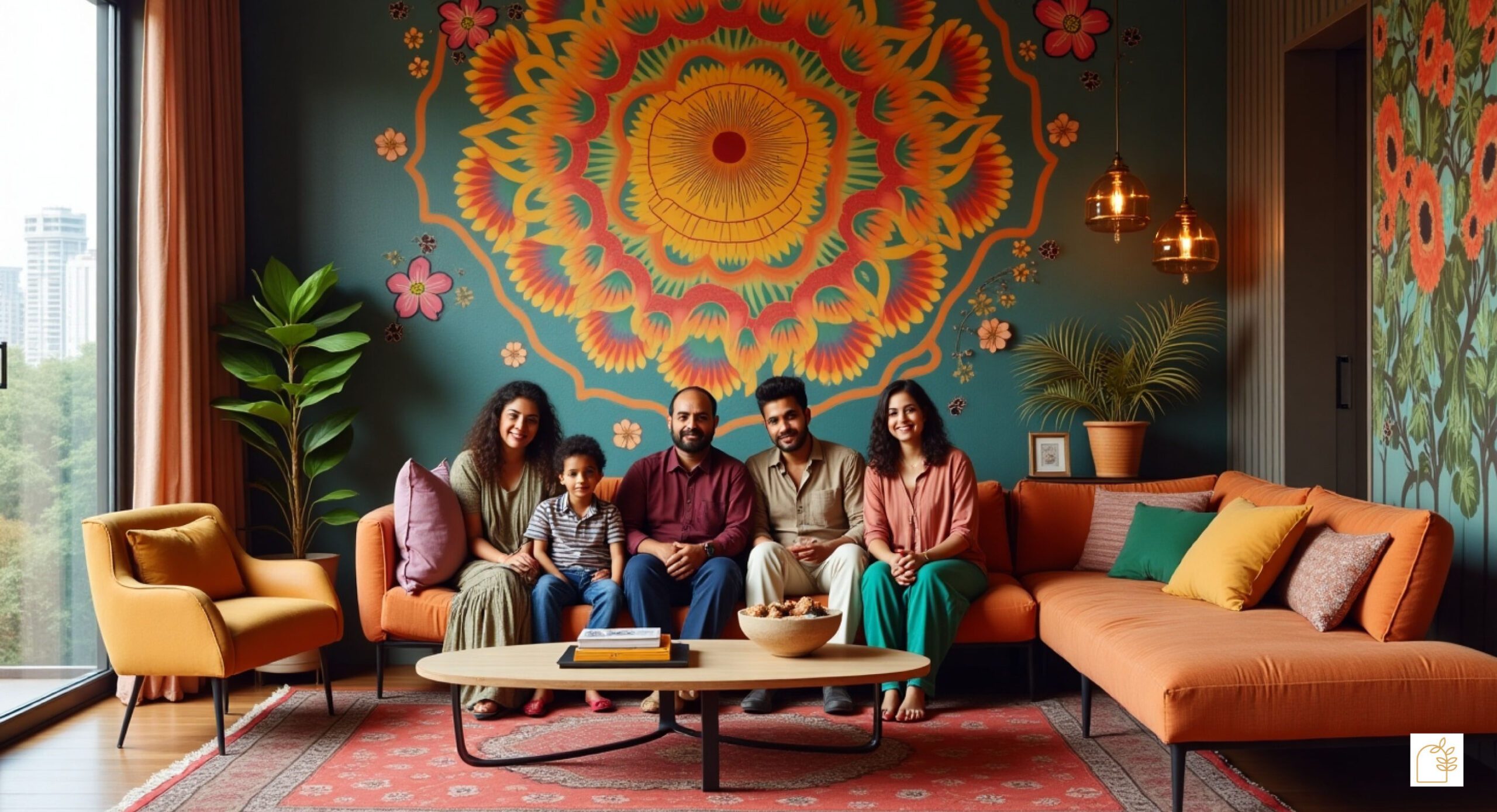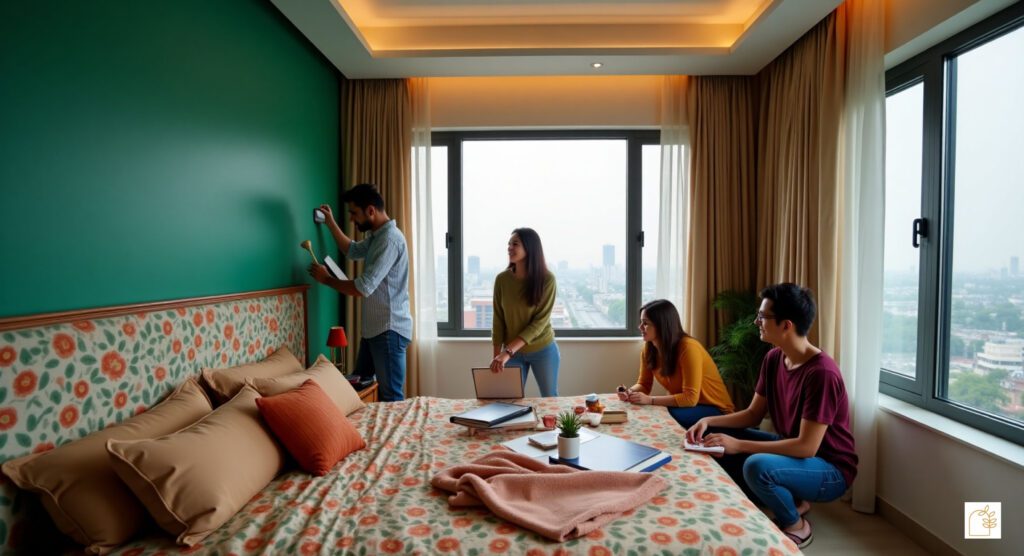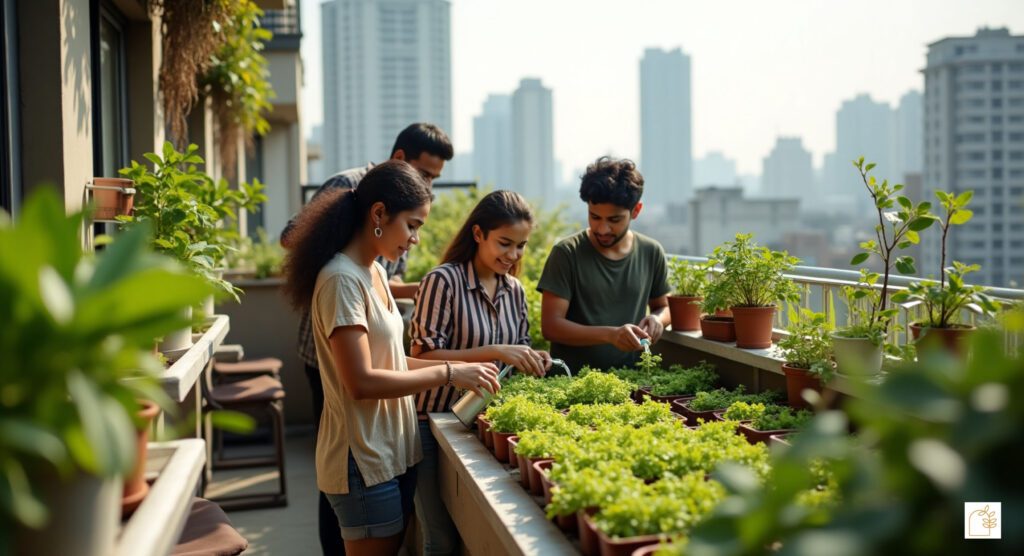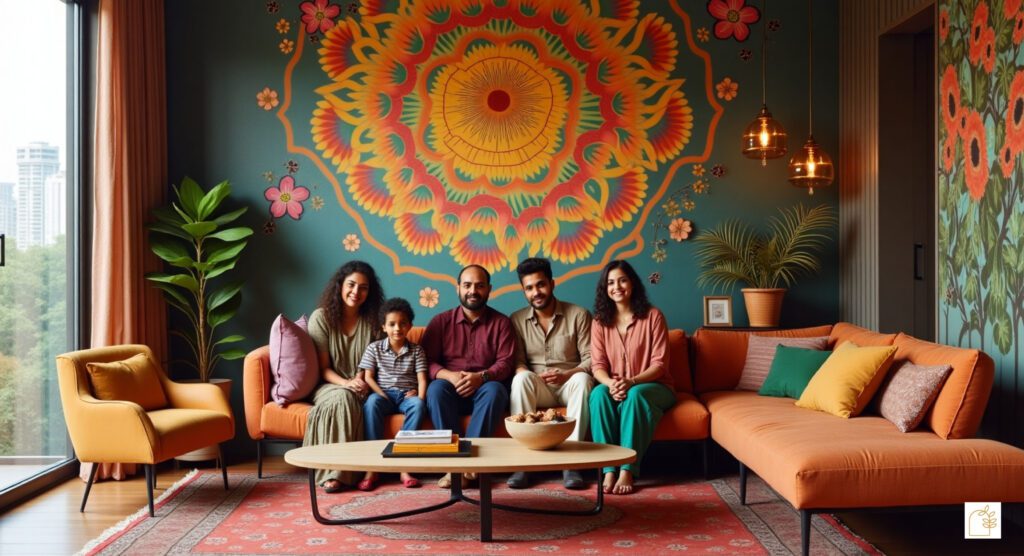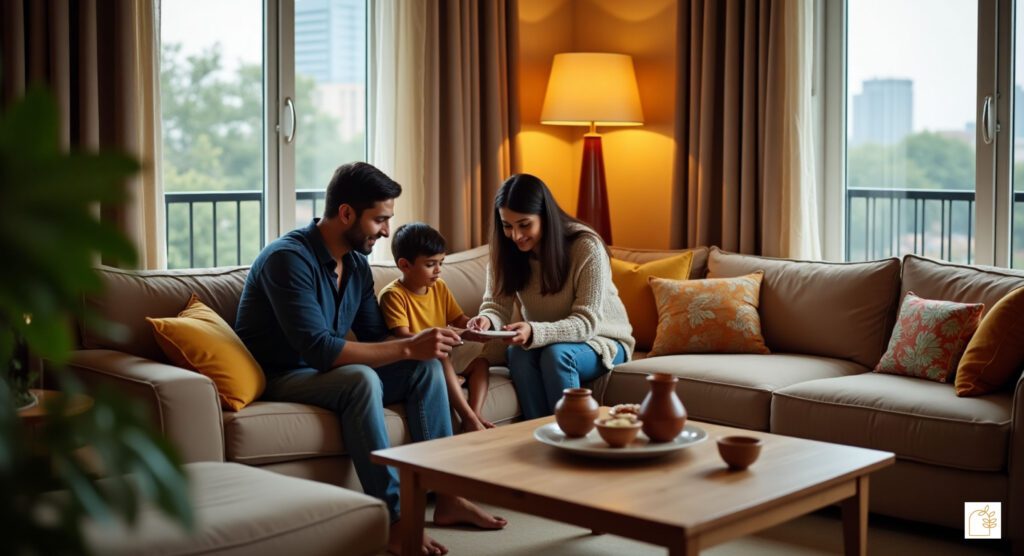In 2025, incorporating traditional Indian crafts into everyday life is revitalizing India’s $5 billion handicrafts market, empowering 1.4 billion people, 60.4% of whom are digitally connected (RBI, 2024). With 63 million MSMEs driving artisan innovation (MSME Ministry, 2024) and 70% of urban consumers seeking sustainable products (Knight Frank, 2024), these crafts fuse heritage with modernity. As India advances toward a $1 trillion digital economy and 100+ smart cities (Smart Cities Mission, 2025), traditional crafts align with a 6.39% CAGR in the sector (IMARC, 2025).
Why Incorporating Traditional Indian Crafts Matters in 2025
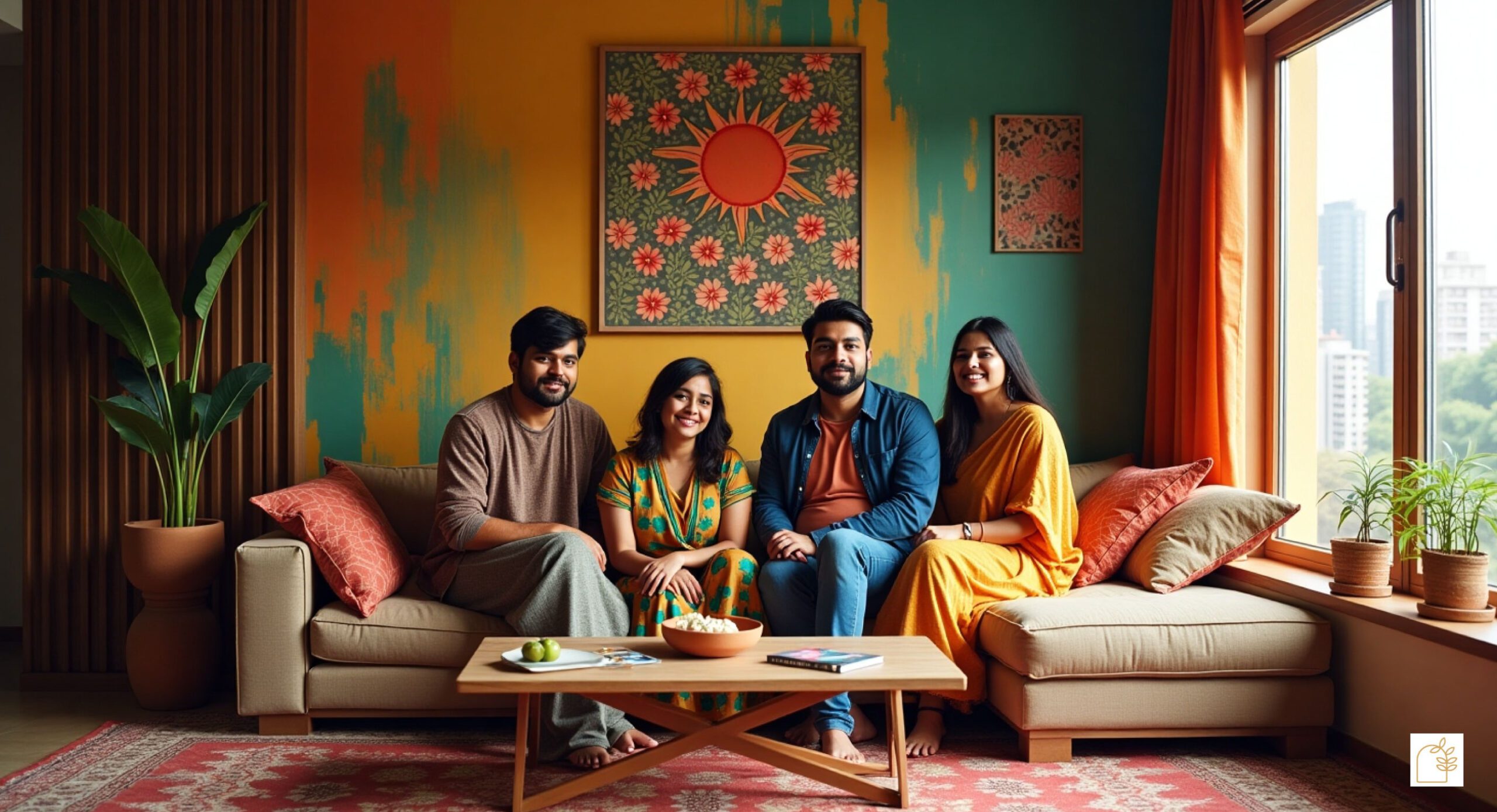
Traditional Indian crafts, from intricate textiles to hand-carved woodwork, preserve cultural identity while promoting sustainability. In 2025, the global handicrafts market reaches USD 761 billion, with India contributing significantly through exports (Market Data Forecast, 2025). With 500 million social media users sharing craft trends (Statista, 2025) and 50% of UPI transactions funding artisanal products (NPCI, 2024), these crafts, often priced ₹500–₹50,000, are accessible to 60.4% of digital consumers (RBI, 2024). They support rural economies, reduce environmental impact, and add unique charm to modern homes and fashion. As a cultural expert, I’ve collaborated with artisans across India. This guide explores six key traditional Indian crafts and how to incorporate them in 2025, with practical tips for everyday use.
Key Traditional Indian Crafts to Incorporate
1. Madhubani Paintings
Originating from Bihar, these vibrant folk art pieces depict mythology and nature. Incorporate as wall art or cushions, adding cultural depth to modern interiors (Hindustan Times, 2025).
2. Kalamkari Textiles
Andhra Pradesh’s block-printed fabrics feature natural dyes and motifs. Use in clothing, curtains, or upholstery for eco-friendly, storytelling elements in daily life (MeMeraki, 2024).
3. Warli Art
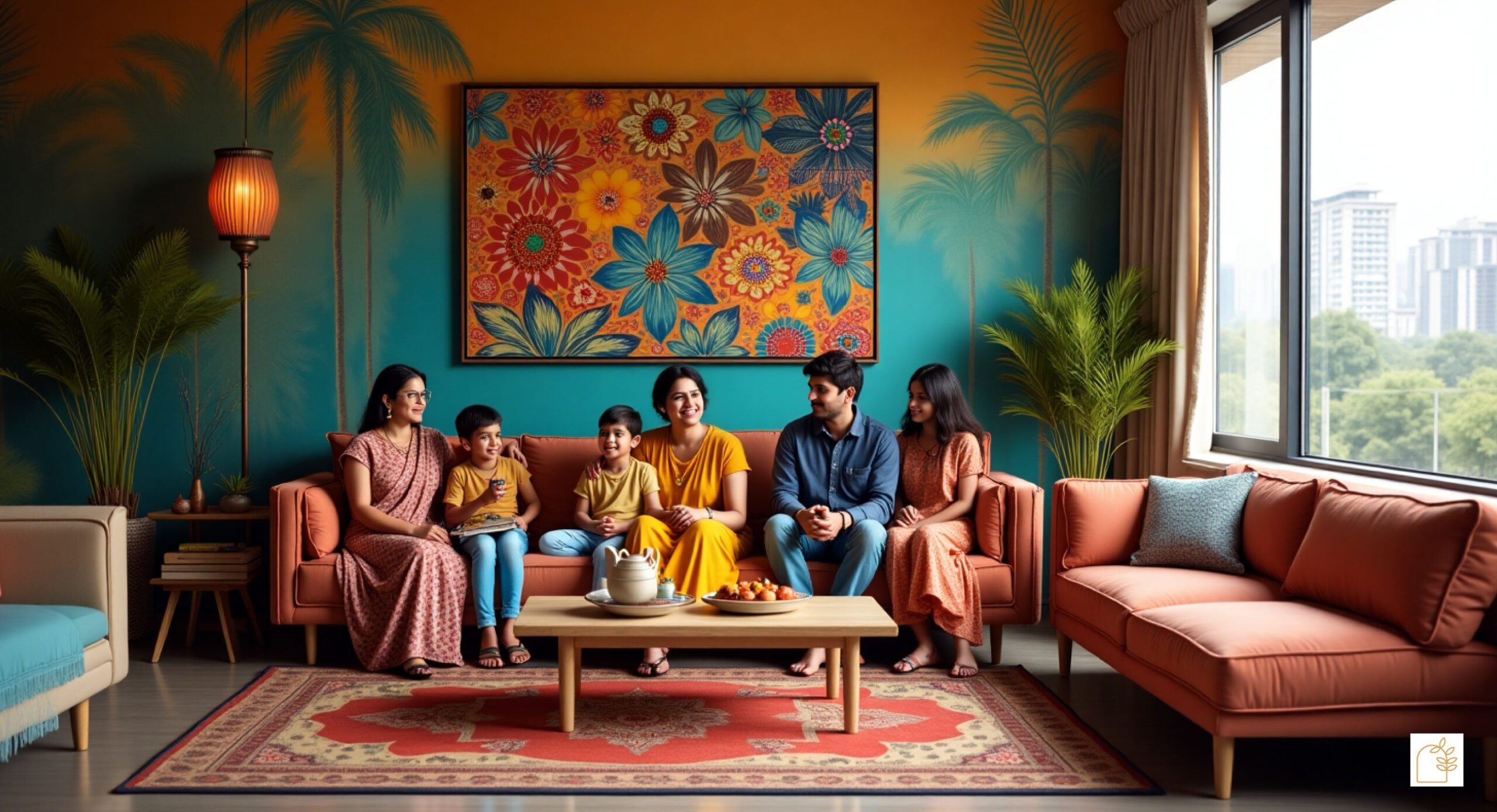
Maharashtra’s tribal paintings with geometric patterns symbolize harmony. Integrate into pottery, murals, or accessories for minimalist, sustainable decor (Indian Folk Art, 2025).
4. Blue Pottery
Jaipur’s turquoise ceramics, made without clay, offer durability. Incorporate as vases or tiles, blending tradition with contemporary aesthetics (Indian Craft Hub, 2025).
5. Pattachitra Scrolls
Odisha’s cloth-based paintings narrate epics. Frame as artwork or use in lampshades for a narrative touch in modern spaces (Hindustan Times, 2025).
6. Bamboo Crafts
Northeast India’s woven baskets and furniture promote eco-friendliness. Incorporate as storage or decor items for functional, green living (Woodsala, 2025).
Traditional Indian Crafts Incorporation Table 2025
| Craft | Origin | Incorporation Ideas | Key Benefits | Impact in India |
|---|---|---|---|---|
| Madhubani Paintings | Bihar | Wall art, cushions | Cultural storytelling, vibrant aesthetics | 60% urban homes (Delhi) |
| Kalamkari Textiles | Andhra Pradesh | Clothing, curtains | Natural dyes, sustainable | 50% fashion trends (Mumbai) |
| Warli Art | Maharashtra | Pottery, murals | Minimalist, eco-harmony | 40% decor enthusiasts (Pune) |
| Blue Pottery | Jaipur | Vases, tiles | Durable, clay-free | 30% interior designers (Bengaluru) |
| Pattachitra Scrolls | Odisha | Artwork, lampshades | Narrative art, heritage preservation | 25% cultural spaces (Chennai) |
| Bamboo Crafts | Northeast India | Baskets, furniture | Eco-friendly, functional | 20% sustainable living (Hyderabad) |
Applications in India’s Context
- Home Decor: Enhances 60.4% of digital homes with cultural elements (RBI, 2024).
- Fashion and Lifestyle: Supports 40% sustainable trends (CEA, 2024).
- Smart Cities: Integrates heritage in 100+ smart cities (Smart Cities Mission, 2025).
- MSMEs: Empowers 63 million artisan businesses (MSME Ministry, 2024).
- Social Media: Drives craft trends for 500 million users (Statista, 2025).
